|

|
 |
 A revisionist researcher inspects the underside of the reinforced concrete roof-slab: No holes. A revisionist researcher inspects the underside of the reinforced concrete roof-slab: No holes. |
The concrete roof slab of Leichenkeller (Mortuary) No.1 at Krematorium II at Auschwitz collapsed in 1945 — it pancaked downwards. “Eye witnesses” (and the £125,000 expert witness, the “architect” Van Pelt) maintain that SS guards poured Zyklon (cyanide) crystals through four 27cm holes punched through in the reinforced concrete roof, holes covered by removable concrete covers. Problem: There are no holes in this roof slab today. At the trial, David Irving said: the witnesses lied; Judge Gray disagreed — the concrete roof slab is lying. |
The story below disappeared from later editions of The Times (note the final paragraph). It is available online.
 London, April 12, 2000 London, April 12, 2000
Jewish experts predict more battles to fight
FROM ROSS DUNN IN JERUSALEM AND ROGER BOYES IN BERLIN
ISRAELIS hailed the verdict against David Irving as a key victory in the fight against anti-Semitism but gave warning that there will continue to be battles ahead against other Holocaust deniers. Officials at Yad Vashem, the Holocaust memorial in Jerusalem, said the case had proved the facts of the tragedy.
| “The greater significance of the case is that it has proved the existence of the Holocaust,” Lisa Davidson, a spokesman, said. She added: “It has sent a message to the entire world, most significantly to young people, that the arguments used by Irving and others to deny and diminish the events of the Holocaust are not within the realm of acceptable or reasonable discourse.”
Efraim Zuroff, director of the Simon Wiesenthal Centre, cautioned against thinking the ruling had solved the problem. “I think the results would have been terrible if the verdict had been different,” he said. |
|
|
 [At] the Auschwitz camp curators started to search for crematorium gas inlets to refute Mr Irving’s courtroom claim that none could be seen. The results of the search are not yet known. [At] the Auschwitz camp curators started to search for crematorium gas inlets to refute Mr Irving’s courtroom claim that none could be seen. The results of the search are not yet known.
[Click to see transcript of Van Pelt’s evidence on the holes: Day 9, Jan 25, 2000. Go to page 187] |
“Had Irving won, it certainly would have increased the likelihood of him, and people like him, penetrating the mainstream and this would have been a terrible danger.”
In Germany, Holocaust experts emphasised that the lesson of the trial was that urgent action needed to be taken to preserve the decaying sites of former concentration camps in the country and Poland.
“These are memories in stone,” Günter Morsch, who supervises the museums in the former camps at Sachsenhausen and Ravensbrück, outside Berlin, said. “The arguments of revisionists crumble when they come face-to-face with these buildings. As long as they stand, they will be a refutation to Holocaust deniers.”
He is seeking about £10 million in investment to restore buildings in the two camps. Sachsenhausen has also become a regular target of attacks by neo-Nazis determined to damage or destroy evidence of the Holocaust.
The libel trial had a direct effect on the Auschwitz camp where curators started to search for crematorium gas inlets to refute Mr Irving’s courtroom claim that none could be seen. The results of the search are not yet known.
|
![]()
write to David Irving





